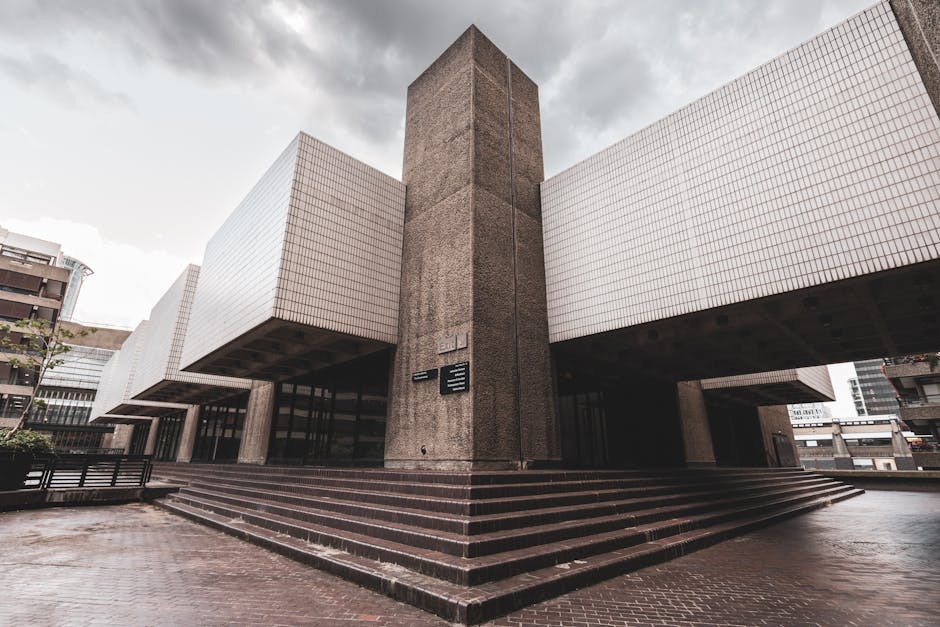
Exploring Modernist Architecture in Britain
Modernist architecture in Britain represents a significant chapter in the country's architectural history. Emerging in the early 20th century, this style broke away from traditional design principles to embrace new materials, technologies, and aesthetics.
One of the defining features of Modernist architecture is its emphasis on function, simplicity, and the use of clean lines. Structures like the Barbican Centre and the Trellick Tower exemplify how British architects adopted the modernist ethos.
The movement's influence can be seen in both residential and commercial buildings, reflecting a desire for efficiency and minimalist aesthetics. This style was also associated with the post-war reconstruction period, marking a departure from ornate Victorian styles toward a more utilitarian and forward-looking outlook.
Historical Development of Modernist Architecture in Britain
Modernist architecture began to take hold in Britain during the 1920s and 1930s, influenced by European trends and technological advances. Architects like Le Corbusier and British designers incorporated innovative ideas into their projects, paving the way for a new architectural paradigm.
Key Features and Characteristics
- Minimal ornamentation
- Use of modern materials like concrete, steel, and glass
- Functional design focusing on purpose
- Asymmetrical and geometric forms
Today, many of these structures are considered iconic and continue to influence contemporary architecture in Britain. Preserving them offers insight into the nation's architectural innovation during the modernist movement.
For those interested in exploring this style further, check out our article on legacy and preservation efforts of Modernist buildings in Britain.
